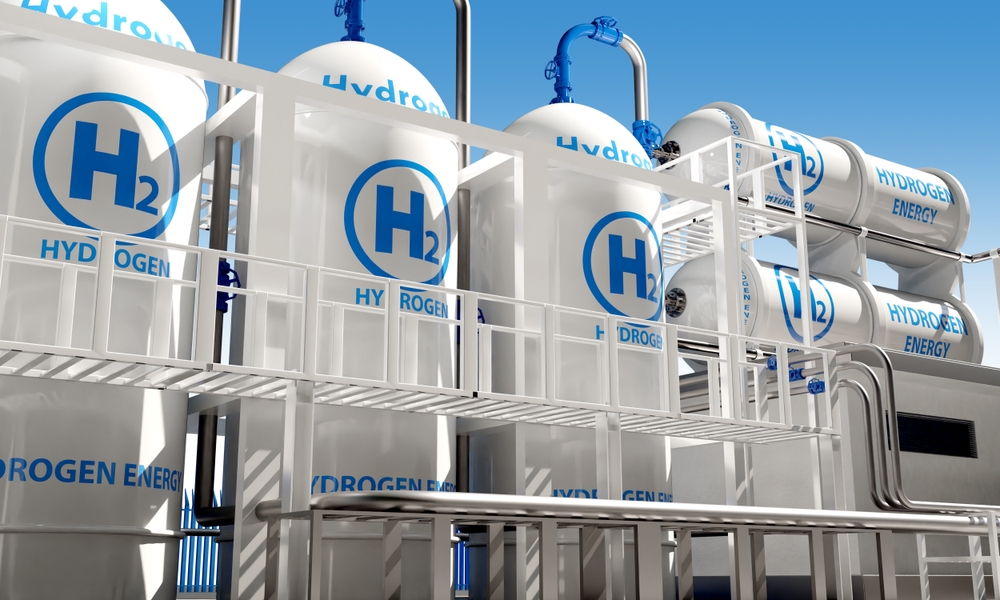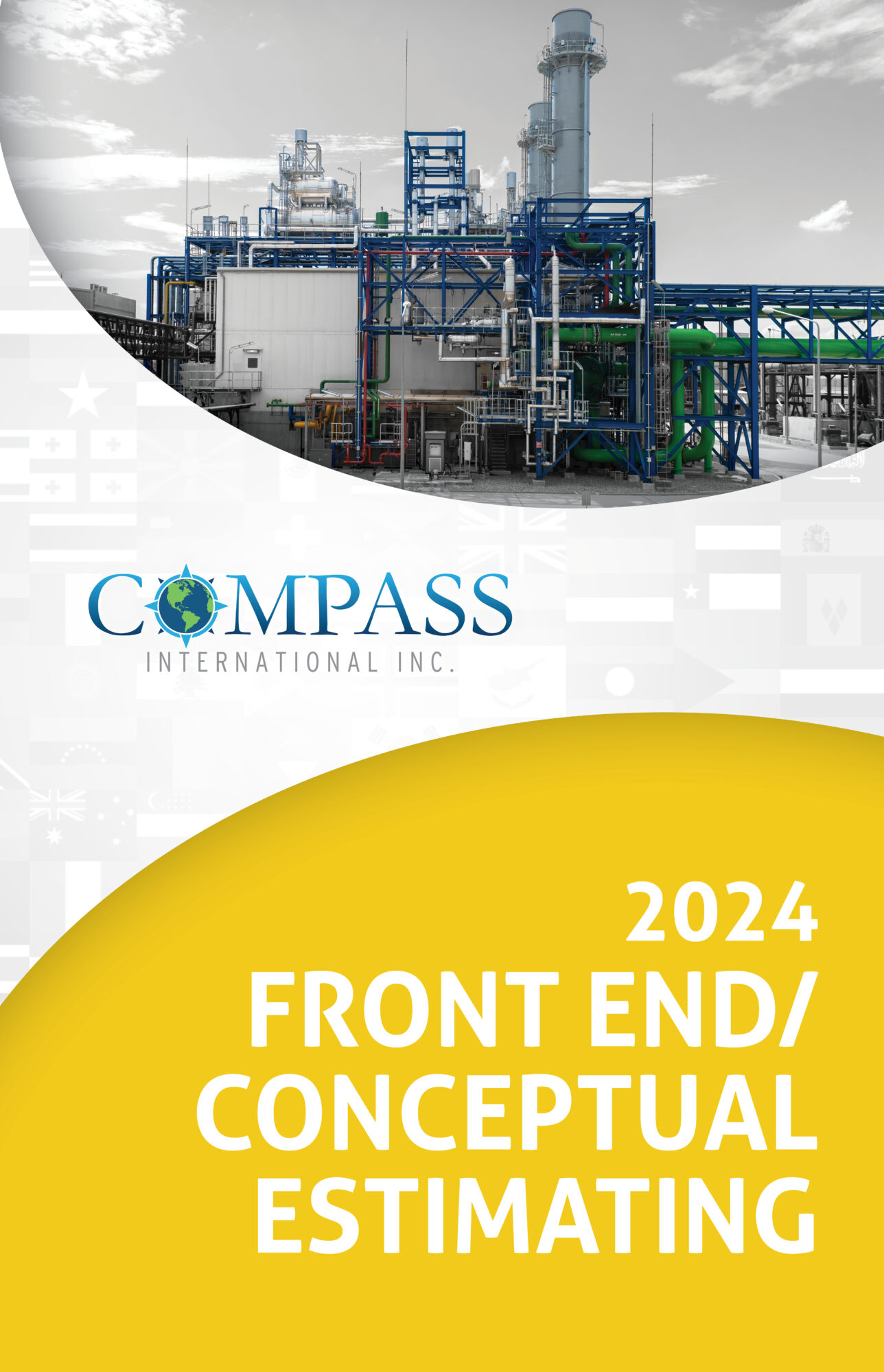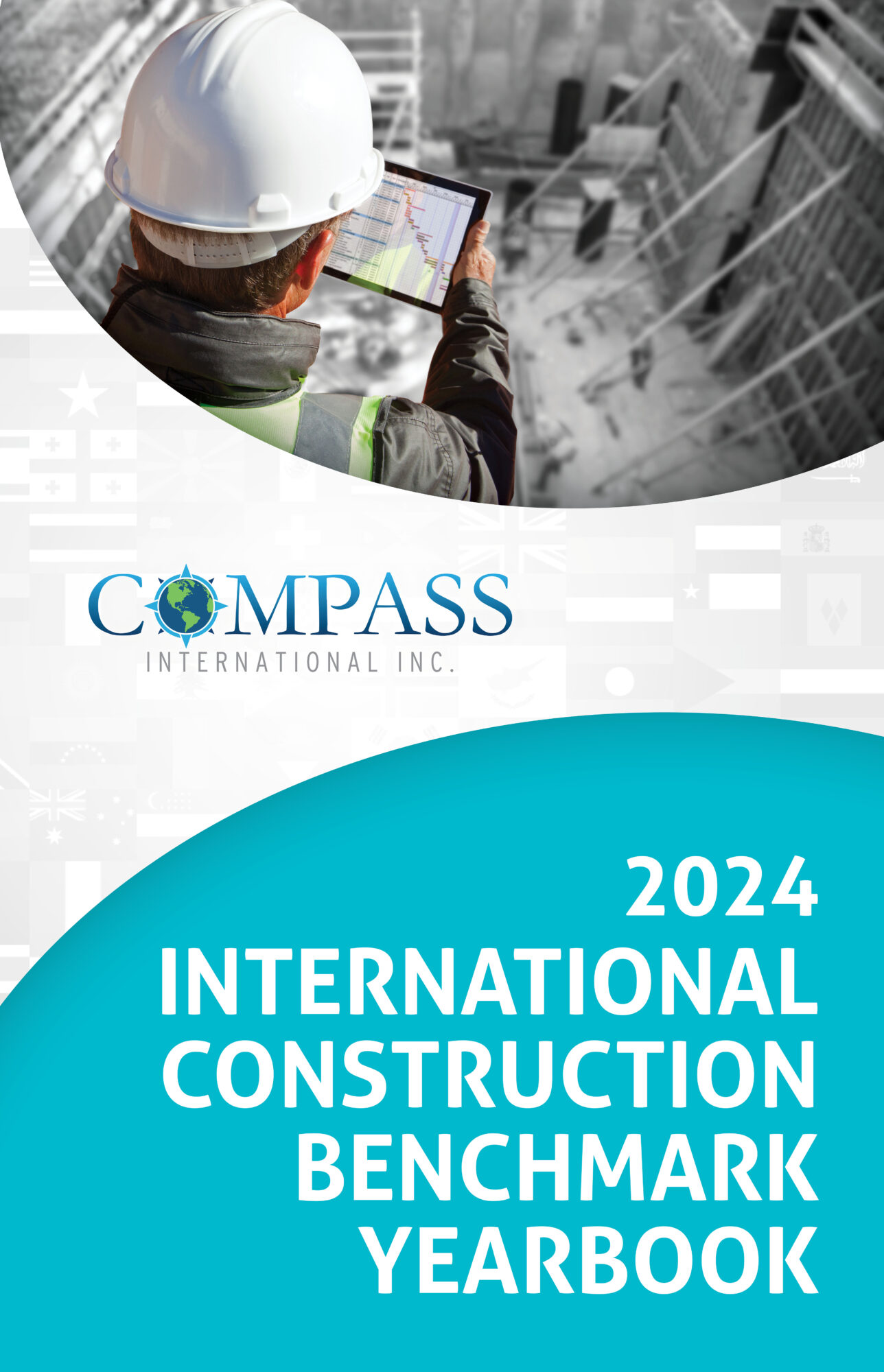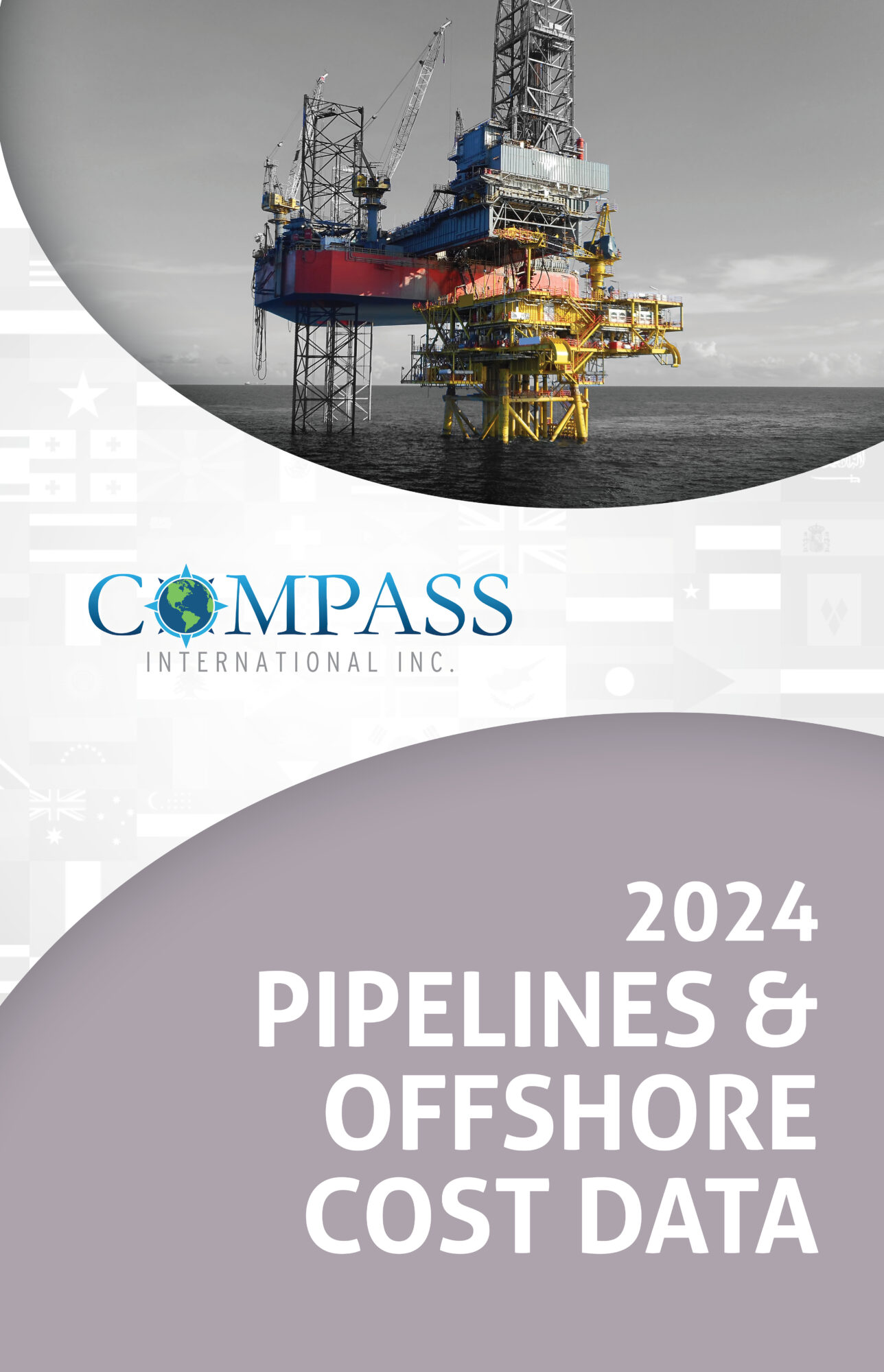Hydrogen Manufacturing Facilities
Forecasts suggest that $150 billion will be spent on new Hydrogen (H2) related EPC Capital Projects around the world in the next 5 years!
The use of Hydrogen in energy production has experienced significant growth in the last decade. Some of the world’s leading Oil / PetroChemical producers are now investing and directing their annual CAPEX budgets into low-carbon Hydrogen facilities. Cleaner and environmentally acceptable energy solutions are essential for the well-being of future generations inhabiting our planet.
The global Hydrogen market is expanding at a rate close to 10% to 12% per year. Hydrogen will potentially be a major energy source in the coming years. Auto manufacturers are investing huge amounts of money into research and development, pursuing this very promising and much cleaner source of powering their vehicles.
What are advantages of utilizing Hydrogen as an energy resource?
- Hydrogen is a clean and adaptable energy source.
- Hydrogen facilitates low-carbon energy programs.
- It is freely available now and is more efficient than carbon-based fuels like coal and oil.
- It provides an immediate solution to reducing greenhouse gas emissions / carbon emissions.

What are disadvantages of utilizing Hydrogen as an energy resource?
- The CAPEX investment funds required to ramp up H2 production will be considerable.
- Many existing refineries, chemical and power plants will need to significantly modify their
existing supporting infrastructure / tank farms / storage areas and distribution facilities. - Storing hydrogen can be problematic; it is stored under high pressures and exceedingly low temperatures. Expensive piping / vessel materials are required that can withstand high operating pressures and extremely low temperatures must be utilized.
- Hydrogen is an extremely combustible / volatile gas if not stored and handled correctly.

The need for new Hydrogen plants is increasing with the world focusing on clean energy sources. The following detailed cost benchmark report outlines the Engineering, Procurement & Construction (EPC) costs related to a mid-sized Hydrogen (H2) facility.
Hydrogen Industrial Gas Facility Benchmark: Engineering, Procurement & Construction (EPC) Cost Benchmark – US Gulf Coast (Open Shop / Non-Union Labor) 2023 Cost Basis: 70 MMSCFD (Million Standard Cubic Feet per Day)
To build a similar H2 facility in the following selected countries, multiply the data above by the location factor to arrive at an approximate cost of the facility in that county.
Compass International has more than 135 Country Location Factors (we are showing 4 examples of our Country’s Location Factors).
This data can be considered a hybrid of an AACE Class 3 & 4 Estimate with an accuracy range of -15% and +30%, the cost benchmark data is based on 3rd Q 2023.





